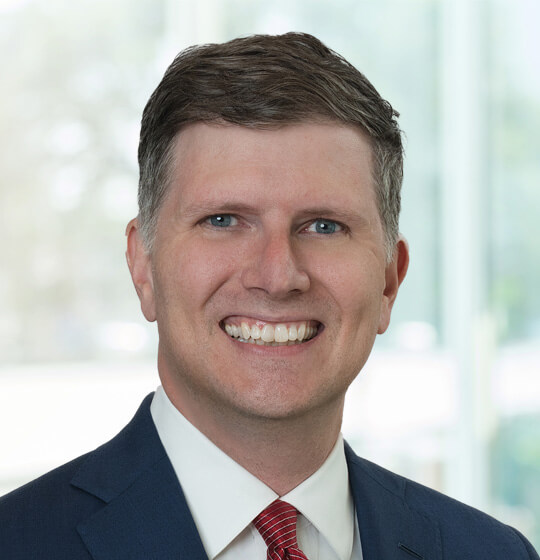On February 19, 2019, the New York City Commission on Human Rights (NYCCHR) issued a sweeping and detailed legal enforcement guidance outlining new protections for New Yorkers who maintain “natural hair or hairstyles most closely associated with Black people.” The guidance states that the New York City Human Rights Law (NYCHRL) “protects the rights of New Yorkers to maintain natural hair or hairstyles that are closely associated with their racial, ethnic, or cultural identities,” and expressly “encourages employers and other covered entities to evaluate any existing grooming or appearance policies, standards, or norms relating to professionalism to ensure they are inclusive of the racial, ethnic, and cultural identities and practices associated with Black and historically marginalized communities.” Although the guidance notes that grooming and appearance policies can impact many communities, it specifically aims protection at black employees because they “are frequent targets of race discrimination based on hair.”
Black Hairstyles as an Expression of Protected Characteristics
The guidance states that black individuals expressly have “the right to maintain natural hair, treated or untreated hairstyles such as locs, cornrows, twists, braids, Bantu knots, fades, Afros, and/or the right to keep hair in an uncut or untrimmed state.” According to the guidance, such hairstyles are “protected racial characteristics under the NYCHRL because they are an inherent part of Black identity.” The guidance also states that “[t]here is a widespread and fundamentally racist belief that Black hairstyles are not suited for formal settings, and may be unhygienic, messy, disruptive, or unkempt.” Accordingly, the guidance states that any “grooming or appearance policies that ban, limit, or otherwise restrict natural hair or hairstyles associated with Black people generally violate the NYCHRL’s anti-discrimination provisions.” In particular, the guidance states that any “[b]ans or restrictions on natural hair or hairstyles associated with Black people are often rooted in white standards of appearance and . . . exacerbate anti-Black bias.”
Unlawful Practices
The guidance provides the following examples of unlawful appearance and grooming policies:
- “A grooming policy prohibiting twists, locs, braids, cornrows, Afros, Bantu knots, or fades which are commonly associated with Black people.”
- “A grooming policy requiring employees to alter the state of their hair to conform to the company’s appearance standards, including having to straighten or relax hair (e., use chemicals or heat).”
- “A grooming policy banning hair that extends a certain number of inches from the scalp, thereby limiting Afros.”
The guidance states, “The existence of such policies constitutes direct evidence of disparate treatment based on race and/or other relevant protected classes under the NYCHRL.” In other words, in the NYCCHR’s view, the existence of such a policy would be a per se violation of the NYCHRL.
The guidance provides additional examples of practices that violate the NYCHRL, including the following:
- “Forcing Black people to obtain supervisory approval prior to changing hairstyles, but not imposing the same requirement on other people.”
- “Requiring only Black employees to alter or cut their hair or risk losing their jobs.”
- “Telling a Black employee with locs that they cannot be in a customer-facing role unless they change their hairstyle.”
- “Refusing to hire a Black applicant with cornrows because her hairstyle does not fit the ‘image’ the employer is trying to project for sales representatives.”
- “Mandating that Black employees hide their hair or hairstyle with a hat or visor.”
The guidance also emphasizes that “employers may not ban, limit, or otherwise restrict natural hair or hairstyles associated with Black communities to promote a certain corporate image, because of customer preference, or under the guise of speculative health or safety concerns. An employee’s hair texture or hairstyle generally has no bearing on their ability to perform the essential functions of a job.”
“Where an employer does have a legitimate health or safety concern, it must consider alternative ways to meet that concern prior to imposing a ban or restriction on employees’ hairstyles . . . including the use of hair ties, hair nets, [or] head coverings.” Such alternative options “may not be offered or imposed to address concerns unrelated to actual and legitimate health or safety concerns.”
Employers in New York City may want to review their current grooming and/or appearance policies to ensure compliance with these new guidelines.
Ogletree Deakins will continue to monitor developments on state and local legislation, and will post updates on the firm’s blog as additional guidance becomes available.




